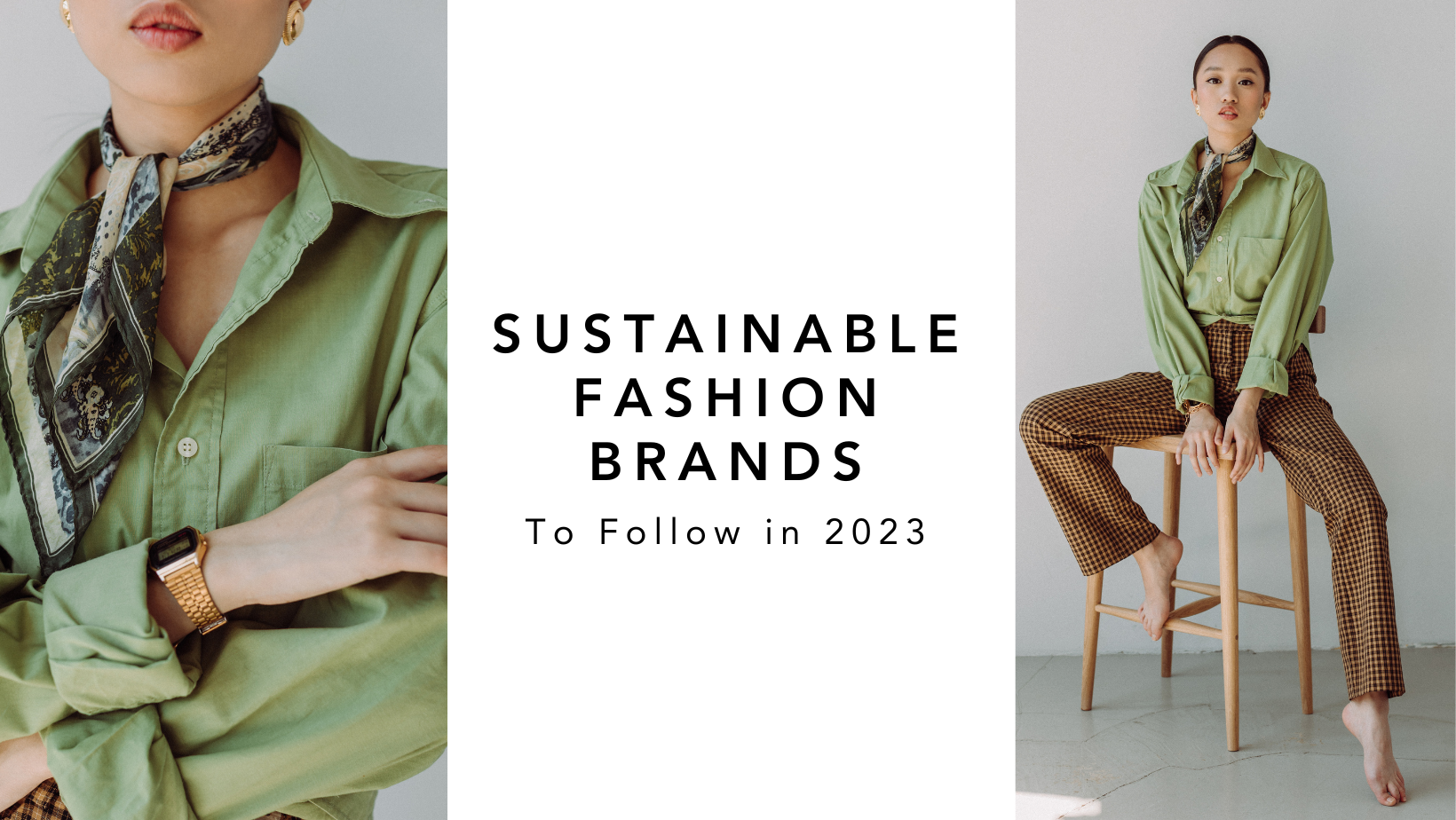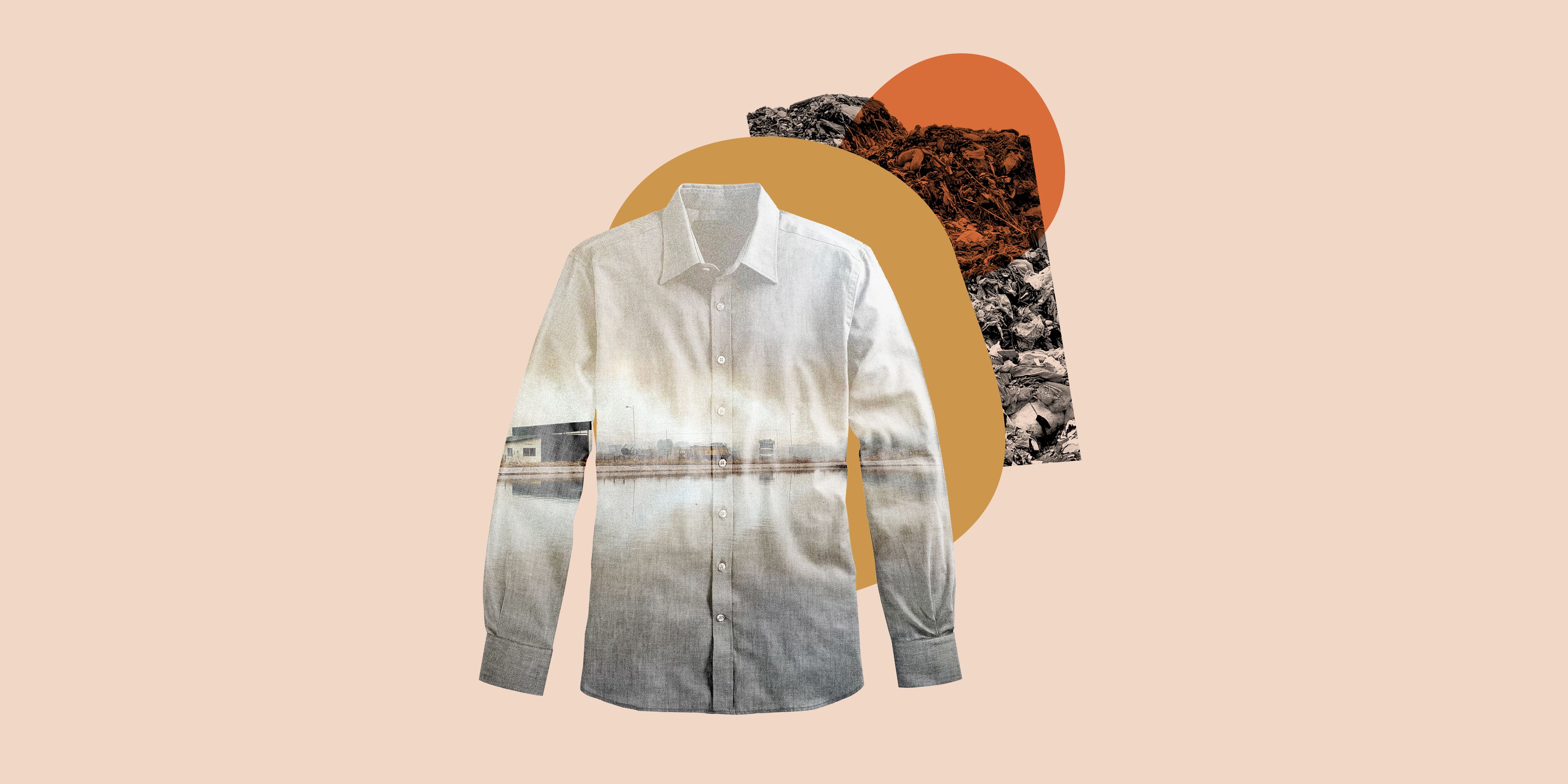Cape Town Sustainable Fashion: Ethical Clothes for a Much Better World
Cape Town Sustainable Fashion: Ethical Clothes for a Much Better World
Blog Article
Remain Ahead of the Contour by Checking Out Cutting-edge Fashion Patterns
In an industry as vibrant as fashion, remaining in advance includes more than just complying with existing patterns-- it requires an exploration of advancement. The convergence of modern technology and fashion declares a brand-new age of customer interaction.

Welcoming Smart Textiles
Over the last few years, the fashion business has experienced a transformative shift with the combination of wise fabrics, a sophisticated advancement that mixes modern technology with textile. This development stands for not just a blend of aesthetics and capability yet additionally a substantial jump towards sustainability and personalization in vogue. Smart textiles, additionally called e-textiles, installed innovative electronic devices such as sensors and conductive strings within the textile, making it possible for garments to communicate with the user or the atmosphere.
These fabrics are made to check physical specifications, such as heart price or body temperature level, supplying real-time wellness analytics. Beyond health applications, smart textiles are likewise being made use of for flexible garments, which can alter color or pattern in reaction to environmental stimulations, hence using a vibrant style experience.
Furthermore, the growth of energy-harvesting textiles that generate power from activity or sunlight is leading the way for self-dependent wearable modern technology. This development is appealing to ecologically mindful consumers and designers aiming to lower the ecological footprint of fashion. As r & d in this area advance, wise fabrics are anticipated to become progressively prevalent, improving the landscape of modern fashion with their multifunctional abilities.
The Rise of 3D Printing
Changing the manufacturing landscape, 3D printing has actually arised as a game-changer in the apparel industry. This innovative technology has allowed designers to press the borders of creativity, generating elaborate and personalized garments that were formerly unimaginable. By leveraging digital design and additive manufacturing, 3D printing assists in the creation of complex geometries and patterns, allowing developers to experiment with new appearances and frameworks.
A notable advantage of 3D printing in vogue is its capacity to create on-demand, minimizing waste and decreasing stock requirements. This performance not only enhances production procedures but likewise permits rapid prototyping, allowing developers to bring their visions to life in a much shorter duration. Moreover, 3D printing sustains modification to a level unmatched by typical approaches, offering customized fits and special layouts customized to specific customer preferences.
The surge of 3D printing has actually additionally equalized fashion, making it obtainable to arising developers who can currently make high-quality items without substantial economic investment in typical production framework. As technology remains to development, the garment industry is poised to harness the complete capacity of 3D printing, checking out new materials and methods that will undoubtedly redefine just how fashion is developed and created.
Sustainable Fashion Technologies
As the fashion industry grapples with the pushing demand for environmental duty, lasting fashion developments have arised at the center of transformative change. The expanding understanding of eco-friendly impact has actually sustained a change in the direction of more eco-conscious practices and products. Developers and brands are currently prioritizing sustainability, including techniques that lessen waste and lower carbon footprints.
One significant growth is the increase of round fashion, which stresses recycling and upcycling to prolong the lifecycle of garments. This approach not only minimizes waste however additionally urges customers to embrace an extra conscious approach to garments consumption. In addition, using sustainable products, such as organic cotton, hemp, and recycled polyester, has actually obtained grip. These materials call for less water and energy during manufacturing, substantially reducing environmental impact.
An additional innovation hinges on the adoption of ingenious dyeing strategies that utilize waterless procedures or additional resources all-natural dyes, thereby decreasing the large quantities of water and chemicals commonly used in fabric dyeing. Additionally, improvements in biotechnology have actually led to the production of lab-grown leather and materials, using environmentally friendly and cruelty-free options to traditional materials. Through these pioneering more info here efforts, the style market is making purposeful strides in the direction of an extra lasting future.

Tech-Integrated Clothing
Tech-integrated garments represents a groundbreaking blend of style and innovation, improving just how individuals communicate with their clothing. This cutting-edge domain is noted by the addition of smart textiles and embedded digital elements, enhancing both capability and visual appeal. From health and fitness trackers embedded in sportswear to heated coats controlled through smart device applications, tech-integrated apparel supplies consumers unprecedented benefit and flexibility.
Pioneering brands are driving this trend, focusing on creating garments that respond to ecological stimuli or customer commands. For circumstances, some garments can transform shade or pattern in feedback to temperature shifts, while others incorporate biometric sensors to check wellness metrics like heart price or anxiety levels. The seamless combination of modern technology right into textiles also expands to environmental sustainability, with efforts to create self-cleaning materials or garments that get used to climate condition, therefore reducing the need for numerous layers.
In addition, the advent of wearable modern technology is not simply limited to clothing but reaches devices like watches and eyeglasses, further broadening the scope of tech-integrated style. As the market continues to innovate, the capacity for customization and customization in clothing expands, providing customers special, tech-enhanced fashion experiences that accommodate their private additional hints requirements and preferences.
Future of Virtual Style
Recently, the future of digital fashion has actually emerged as a transformative pressure within the industry, leveraging innovations in electronic innovation to redefine just how fashion is developed, experienced, and eaten. By integrating increased truth (AR), digital fact (VR), and 3D layout tools, developers can now craft immersive and interactive experiences that go beyond conventional style borders. Digital fashion permits the creation of garments that exist exclusively in electronic settings, offering limitless opportunities for advancement without the constraints of physical production.
This digital change not just presents possibilities for creative expression however additionally addresses sustainability problems intrinsic in traditional fashion methods. Cape Town Sustainable Fashion. By removing the need for physical sources, virtual fashion minimizes waste and lessens carbon impacts. Furthermore, the rise of online style aligns with the raising customer need for tailored and unique experiences, as digital garments can be customized and customized to individual preferences easily

Verdict
The apparel industry's future depend on the integration of innovative innovations and lasting methods - Cape Town Sustainable Fashion. Smart textiles and tech-integrated garments are enhancing performance, while 3D printing uses opportunities for modification and waste reduction. Lasting fashion, through environment-friendly products and round methods, shows a commitment to environmental stewardship. Additionally, digital style is poised to redefine customer communications. Adapting to these fads is important for brand names seeking to stay affordable and relevant in this swiftly progressing landscape.
In recent years, the style industry has seen a transformative shift with the integration of smart textiles, an innovative advancement that mixes technology with textile.As the style sector grapples with the pushing demand for ecological responsibility, sustainable fashion developments have emerged at the center of transformative adjustment.In current years, the future of digital style has actually emerged as a transformative force within the industry, leveraging advancements in digital modern technology to redefine exactly how fashion is created, experienced, and consumed. The rise of virtual style aligns with the enhancing customer need for personalized and one-of-a-kind experiences, as online garments can be personalized and tailored to individual preferences with simplicity.
The fashion market's future lies in the integration of innovative technologies and sustainable practices.
Report this page